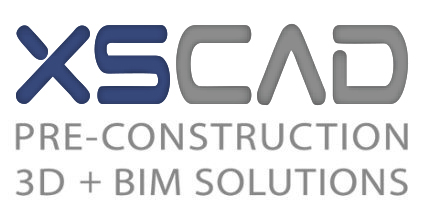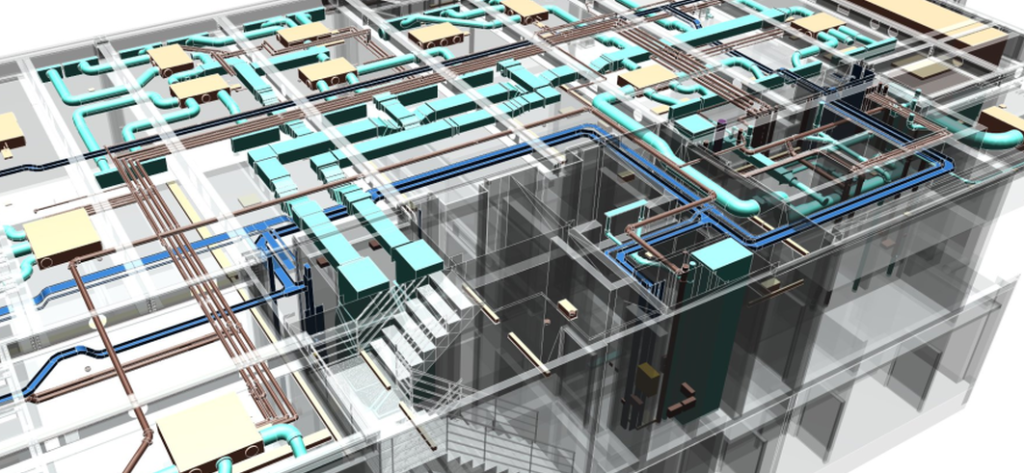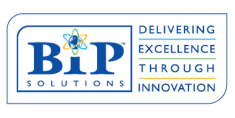
3D MEP Coordination – Top 5 outsourcing challenges and best practices

In the AEC (architectural, engineering and construction) industry, there is an expectation to deliver projects faster and at lower cost to clients. This pressure translates into challenges at the design stage of the process and leaves no buffer for errors, rework and clashes, which translate to valuable loss of time, money and resources.
AEC design outputs are like the pillars of a building project. If one falters, it can result in an imbalance for the whole project. To improve productivity and save costs, an integrated design approach is necessary and here’s where MEP coordination plays an important role.
MEP Coordination & MEP Modeling – The Link Between AEC Processes
MEP (M&E / MEPF) in building design constitutes the mechanical (HVAC), electrical, plumbing (sanitary), fire protection and safety aspects. MEP design plays a vital role in building design, planning construction, estimating cost and performance, accurate documentation and future operation and management of facilities.
MEP (M&E) coordination acts as a link between the architectural design, the engineering system and the construction process. MEP modeling refers to developing 3D models of mechanical, electrical and plumbing design details using software technology such as Revit MEP. These models are checked for clashes using clash detection software (Autodesk Navisworks) and then developed into MEP coordination drawings and single service installation drawings. Effective 3D M&E (MEP) coordinated drawings facilitate identification of clashes, reduce rework, increase efficiency and save costs.
Typically, the stages involved in MEP coordination begin with reviewing the design drawings and architectural/structural plans provided by the consultant. From this 3D models are developed and are then evaluated to detect clashes and find resolutions. Post detection, coordinated drawings and sections, detailed service drawings, fabrication drawings, and spool and hangar drawings can be created. Finally, as-fitted drawings with changes are made to the model and drawings. Read more about the Typical Stages Involved in MEP Coordination
To understand what MEP coordination is, let us consider an example. A real estate developer hires an architect to design a 12-floor office building. In the process of construction planning, the contractor and MEP designer realise there is a difficulty in the modeling of pipes that run through a chase wall to plumbing fixtures. To resolve the conflicting spatial issue, rework and redesign is required in the virtual space. This leads to a requirement of more time to design certain elements of the project but drastically reduces the costs that may have occurred on site had the mistake not been identified during the design phase.
MEP professionals will constantly face the challenge of dealing with design clashes which lead to fabrication errors and changes, duplication of efforts and higher costs. To avoid such issues and clashes, MEP professionals need to undertake an interdisciplinary coordination approach which allows a review of MEP v Structural v Architectural elements. In some instances, the MEP element may require redesign, while in some the architectural design may need to be changed.
3D MEP Coordination Outsourcing Challenges
The AEC’s move towards BIM and 3D modeling resulting from demands of clients has meant that there are in some cases severe resource and skill shortages in local markets for many firms.
MEP consultants and contractors are increasingly looking for ways to increase productivity, improve efficiency, optimise resources and reduce costs while delivering projects on-time and in-budget. There is an increasing trend in the industry to outsource the MEP coordination process whereby MEP (M&E) consulting engineers and MEP (M&E) building services contractors collaborate with a dedicated offshore resource team to develop spatially coordinated building services models and 3D M&E (MEP) coordinated drawings for construction and engineering projects.
There are however many challenges and considerations that MEP firms will take into account before working with an outsourcing partner including the following:
- Hardware and Software Compatibility
Compatibility of hardware and software is a primary aspect that needs to be considered when outsourcing MEP coordination. Many MEP consultants, engineers and construction firms still use AutoCAD MEP. Though Revit MEP was introduced more than a decade ago and is the latest software standard used, its adoption is not yet aligned with the industry requirements.
- Skill Compatibility
Along with an upgrade in hardware and software, it is necessary to update the skills of resources using these new software versions. The challenge here is a shift from drafting or drawing in 2D views of a 3D object (as in AutoCAD) to directly modeling in 3D views (as in Revit). While some engineers are not qualified enough to upgrade their skills, there are others who are just not BIM ready.
- Cultural Compatibility
One of the main challenges in outsourcing projects is the cultural disparities, especially those that require coordination between two teams from different geographic locations. Each region, company or team has a different work culture, communication style, understanding and interpretation and team work protocols. Communication and exchange of such distinctions is necessary in creating a collaborative working environment and can be more effective where a partner also has a western based office and teams.
- Communication Challenges
Lack of proper and frequent communication between consultants, coordinators and design teams invariably leads to project failures. In a construction project, especially in the initial design and planning phase, coordination and communication is of high importance. A two-way understanding of communication style and processes needs to be in place.
- Quality Compliance and Adherence to Standards
In MEP coordination projects, quality delivery as per contracts and applicable codes is essential to ensure successful project implementation. For complex construction projects, coordination of MEP services as per quality standards and required codes determines the success of project implementation.
Best Practices in 3D MEP Coordination Outsourcing
As MEP teams are driven towards becoming productive and efficient, outsourcing is usually considered a promising solution. Before offshoring phases of a project, there are best practices that can be followed to ensure that partner selection is based on thorough due diligence and not just on short term views on cost/fees.
Some of the best practices that need to be considered before working with an outsourcing partner including the following:
- Visit the Production Centre
Before offshoring, it is important to take the time and effort to visit the office where project work will be implemented. This will provide an understanding of the infrastructure available, the work culture, communication styles and the office environment. Meeting senior MEP executives in the production centre will give a better idea of the experience of those leading and managing projects. Reviewing infrastructure is also important to understand the backup systems, security systems and facilities available.
- Soak in the Culture
When two companies in two different geographic locations decide to collaborate, there will evidently be a difference in culture. Outsourcing companies today are driven to inculcate a global cultural environment. Some MEP companies conduct sessions and workshops to create awareness and exchange information on cultural practices. They adopt initiatives to orientate resources who are working on offshore projects and deploy culturally compatible resource teams.
- Conduct a Technology Audit
Find out which software and hardware is installed and if it is updated and adequate as per the project requirements. For any construction project to be completed successfully, the entire MEP design and coordination team should compatible software and release versions. The hardware also needs to be upgraded to be compatible with software and larger files sizes. If Revit MEP is used, the entire team should work on Revit in an ideal world, although an open BIM environment is also possible.
- Get to Know if Resources are Qualified
Training is essential to enable resources to upgrade their skills. There are outsourcing companies that provide specific MEP training courses that teach the core functionality tools of Revit MEP, how to use advanced features for complex projects, and the parametric family tools for advance objects. In addition, there are firms that provide technical training for building services technical application and code adherence. It is worth finding out whether the training provided is relevant to the scope of each project. If project-specific training is needed, consider sending a manager to train a team at the production site. In this way, there is more interaction and better understanding of the team.
To strengthen collaboration efforts, some outsourcing companies may initially send team members to site. This ensures that team members understand how the client works, the standards to be followed, the file transfer and workflow processes, the communication style and the culture.
- Communicate to Collaborate
Two-way communication is one the major contributing factors in successful collaboration. Before offshoring processes, it is necessary to ensure language and communication skills of the offshore team are at the same level. Some MEP outsourcing companies hire external language trainers to ensure resources are conversant with clients. In addition, necessary communication online or VOIP (voice over internet protocol) channels need to be installed to ensure seamless communication and coordination.
6. Confirm Adherence to Standards and Quality Compliance
It is important to ensure that proper quality standards are in place before offshoring project. Contract documents should clearly state standard levels and applicable codes. The MEP coordination company should have MEP quality control resources that are qualified to understand MEP designs and specifications, and ensure work is produced in compliance with contract documents, standard levels and applicable codes.
How Outsourcing 3D MEP Coordination Delivers a Competitive Edge
In 2017, MEP professionals need to adapt to changes in the industry and adopt new trends. As there is increasing pressure to complete projects faster, they need to adopt an integrated design approach. By getting involved in the early phases of structural and architectural design, MEP professionals will enable faster completion dates. With wider adoption of new technology such as BIM and Revit 3D modeling in MEP designs, engineering teams need to transition from 2D designs to 3D modeling. To reduce the number of changes and costs and increase consistency, MEP teams also need to embrace standardised design of architectural components.
As the AEC industry transitions to embrace new technology and trends such as BIM and 3D printing, MEP teams need to stay updated and upgraded. Whether companies adopt new technology and introduce changes in-house or choose to outsource, those that keep up will gain a significant competitive advantage.





